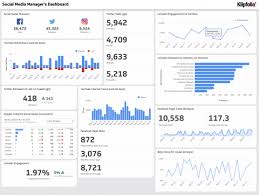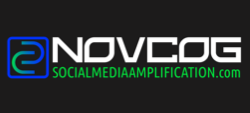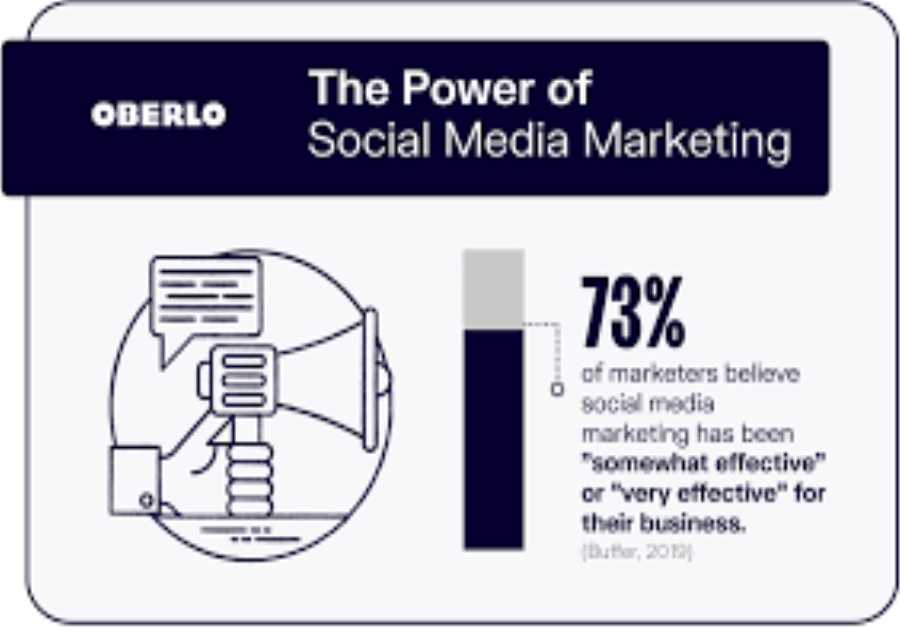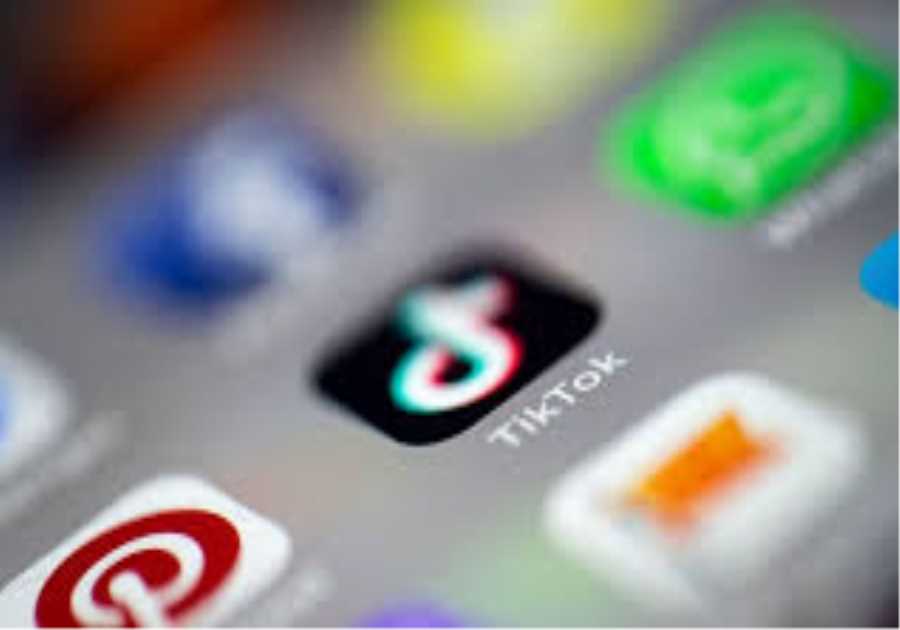
Experiential marketing, often referred to as engagement marketing and/or ground marketing, involves the use of hands-on experiences developed with the purpose of deeply engaging consumers in an event or experience. More recently, experiential marketing strategies have become closely intertwined with social media. For an experiential approach to be effective, marketing professionals should give consumers an experience that is worthy of sharing on the internet. You can do this in a few different ways.
1. Utilize Influencer Marketing
Influencer marketing and experiential marketing work well together. In-person experiences provide great content for social media influencers to share and allow them to interact with your brand in a meaningful and memorable way. In addition, they allow them to participate in an interesting activity, rather than simply discuss your product on their platforms.
When looking for influencers, try to choose those who are a natural fit. People who are already tagging or engaging with your brand on social media will serve as the most authentic salesperson. You don’t always have to choose the influencers that have the biggest following. Micro-influencers often help boost your organic reach on social media since their followers tend to be far more engaged with the content they post.
2. Create Interesting Content That Promotes Sharing
Content that is shared is very effective at driving sales, particularly among millennials who are more easily influenced by what their friends post. If done well, an experiential marketing strategy can go viral and drive consumers to your website to take action.
Experiential marketing campaigns also give you the opportunity for personalization, which can help consumers view your brand more positively. The more you can involve people in your content and its creation, the more excited they’ll be to share it and get others involved.
3. Develop a Social Sharing Plan With Structure
It might be tempting to share your content on all of your social media platforms, but investing your time and energy in the ones that will generate the best results is typically a better strategy. Decide which platforms you will be using the most and develop creative hashtags and filters that your followers can use in their own content.
Although it is great to build shareability into your event or experience at the moment, it’s also a good idea to encourage your consumers to share your content throughout the day and beyond the initial experience to keep the momentum going. You can make use of social media scheduling and targeting tools to achieve this.
In order to turn consumers into life-long brand loyalists, you need to spend time fostering real connections and sharing them on your social media platforms. It pays to invest money and time in creating genuine connections with people. Experiential marketing is one of the most effective ways to do this because customers will be able to feel the brand and products through social media posts and stories. To achieve great results, do everything possible to captivate your audience and provide them with experiences that they can’t wait to share with their friends and followers.
The post 3 Ways to Integrate Social Media into Experiential Marketing appeared first on Social Media Explorer.






